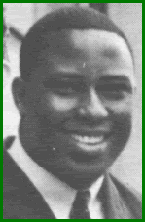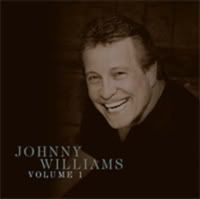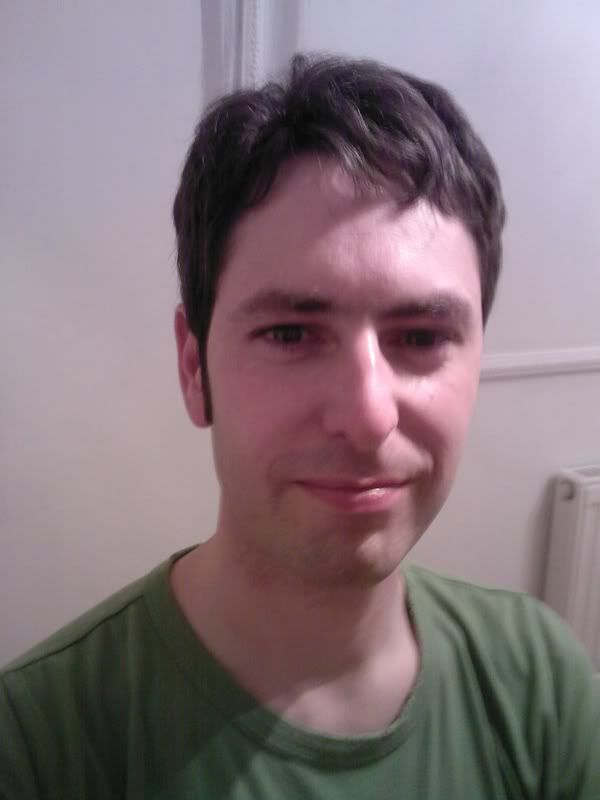
Bear in mind that the band formed in Jamaica and that both singers Jimmy James and Count Prince Miller were born in the USA, for they were probably one of the two most important soul groups working in Britain in the mid 1960s. Their work and careers led to Britain and influenced the British music scene and offered new experiences to many people there.
The original Vagabonds formed in Harbour View and played around Kingston, Jamaica. They were at the time the most popular live band in Jamaica behind Byron Lee & the Dragonaires. The band by the early 1960s comprised Count Prince Miller as the second vocalist, guitarists Wallace Wilson, bassist Coleson Chen, keyboardist Carl Noel, saxophonists Milton James and Fred Fredericks, and drummer Rupert Balgobin. Their changing personnel at different times included Jackie Mittoo on organ, Cedric IM Brookes on tenor sax, Calypso Joe, Honest Jon, and Lynn Taitt. Thier live reputation well-established, and with a number of Jamaican hit singles, the Vagabonds were seeking a new lead vocalist to help the band break international markets. Young local Kingstonian Ezeke filled the role for a few months before Count Prince Miller offered the role to Michael James AKA Jimmy James, an American-born singer who's self-penned songs "Bewildered & Blue" and "Come To Me Softly" had been No.1 hits in Jamaica in 1959 and 1960 for Tip Top Records. The new band plus Jimmy recorded Presenting the Fabulous Vagabonds for Island Records in 1964.
It was a platform upon which to launch a career in Britain, so the band moved to London in 1965. Along came Coleson's brother Phillip Chen, eager to prove to the others his worth as a back-up guitarist. If there was room on the stage at the pub venues the Vagabonds began to play, Chen got the chance to play! The Vagabonds were invited to play at the Marquee Club in March 1965, and although not exactly the 'opening act' for The Who according to the Marquee's records (The Who were playing several times that week, but not on the same night), The Vagabonds both impressed the club who booked them regularly through March and then again in June, and clearly impressed Who manager Pete Meaden, who became also their manager. In fact, both bands became firm friends, Pete Townsend once personally replacing their equipment after it was stolen (and he was never well-known for caring for his own gear...). The Vagabonds were renowned as one of the hottest live acts in the U.K., an act described in the liner notes for The New Religion based on a concert they gave in Portsmouth. In fact, many soul afficionados profess to prefer the live act to the recordings of the band. There was a fantastic contrast between James' strong, soulful vocals, and the charm and audience teasing indulged in by Crown Prince Miller. It was definitely one of the first soul acts that many British fans, now calling themselves mods, would have had the chance to see if they lived outside of the major metropolises and ports with black British communities.
What happened to the recording career of the Vagabonds is in sharp contrast to their live career, and is hard to explain. For their records never sold in the numbers their popularity should have assured. Their first single was Shoo-Be-Doo You're Mine on Columbia in 1965. They signed to Piccadilly, a Pye subsidiary label in 1966, but failed to take off. Were there problems with marketing a new soul act at Piccadilly? Did they have something they didn't have the expertise to sell? Some say that strange choices were made for the a-sides of their four singles in 1966, but each showcases lively material that better portrayed their live sound that was such a hit with the audience, backed with some powerful slower numbers in a deep soul vien, such as a reworking of James's composition Come To Me Softly as the b-side on February's Hi Diddly Dee Dum Dum, a Dells cover. Yet, whether it was Jimmy's energetic and enthusiastic renditions of classic songs by US artists, or new numbers such as the exciting I Feel Alright in January 1966, the record-buying public failed to catch on. This Heart of Mine and Ain't Love Good, Ain't Love Proud also failed to break through in Britain.
Something that was perhaps different about the career of the Vagabonds was the committment by Piccadilly and Pye Records to produce albums featuring a soul group. One assumes that they were following much the same marketing strategy as they would adopt for any other young 'beat' group that might come through their door, and in this sense the Vagabonds had a kind of opportunity that was rare across the Atlantic. The New Religion was released in December 1966, but again, it failed to produce an album following or any hit singles. Piccadilly was shut down and The Vagabonds material now came out on Pye Records itself. In 1967 they released London Swings: Live at the Marquee Club, a live LP featuring Jimmy James & the Vagabonds and the Alan Bown Set. Their third Pye LP, Open Up Your Soul was released in 1968, while Pye started to reissue Jimmy James LP with a mixture of tracks on their label Marble Arch to try to use the material and get some sales from it.
All of the two years of work finally gave The Vagabonds their first Top Forty hit in Britain with their cover of Neil Diamond's Red Red Wine, which reached No. 36, and was in teh chart for two months. Perhaps this was a sign that the bands tireless regime of touring across Britain had begun to pay off with popular recognition. Over in the USA, appreciation of an alternate take of the Vagabonds rendition of Come To Me Softly (shorter and featuring heavier romantic strings) used as an a-side on an Atco 45, was also growing with a lot of play on AM radio. The Vagabonds continued, recording the LP Better By Far in 1970. But by the end of the decade, soul music as a force on the pop chart was waning in the face of psychedelic rock and home-grown bands. How many more opportunities would there be for the band to break into the mainstream of British pop when the teenage market seemed to be moving on to new sounds? Pye dropped the Vagabonds after the last album.
But despite the trials and tribulations of the 60s, that would not be the last we heard of them...
Jimmy James & The Vagabonds - Ain't Love Good, Ain't Love Proud (Piccadilly VN35349 (Oct 1966)
Information from The British Beat Boom website, research carried out by Jason Ankeny for the All Music Guide, internet sources, and gleaned from my memories of old mod chats over pints and chocolate hob-nobs. Copies of Jimmy James & the Vagabonds LPs are everywhere in charity shops in the UK if you look, so look and you won't regret it.





